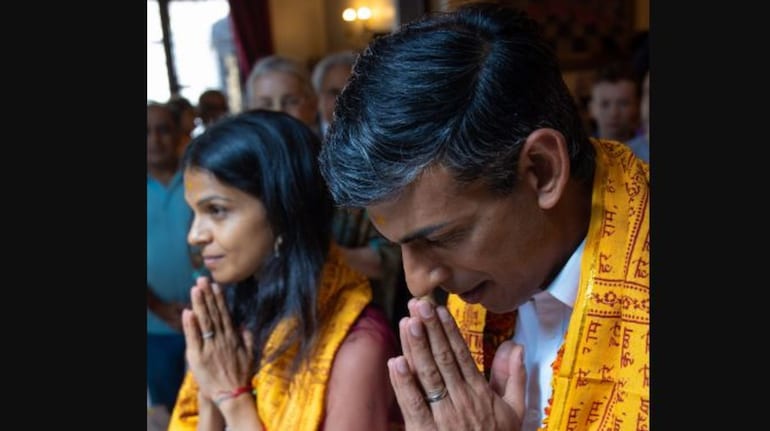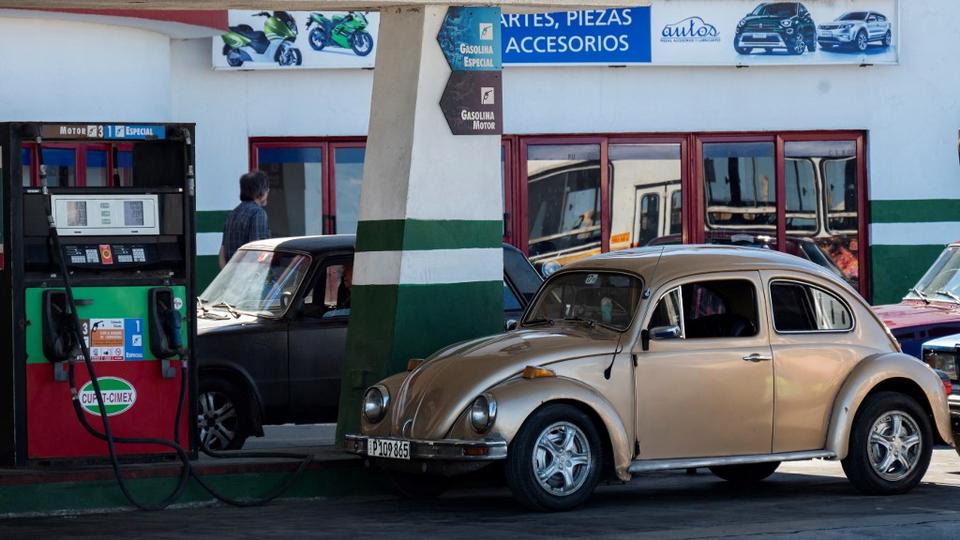US testing shows decline in math and reading skills among students, aggravated by the ruling class response to the pandemic
On Monday, the National Center for Education Statistics released the results of the 2022 National Assessment of Education Progress (NAEP), which was given to fourth and eighth grade students last spring. The results show a large decrease in English and math proficiency since the test was last administered in 2019.
Forty-three out of 53 states and other jurisdictions tested by the NAEP saw a decline in fourth-grade math skills. For eighth grade, only two jurisdictions did not see a statistically significant decline. For fourth grade reading, 30 jurisdictions saw a decline, while 33 jurisdictions saw a decline in eight grade reading.
On average, between 2019 and 2022, fourth and eighth grade reading both showed a three-point decline, fourth grade math a five-point decline and eighth grade math an eight-point decline. NAEP is scored on a 0 to 500 scale.
Many government officials, news reports and commentators quickly blamed remote learning during the pandemic as the cause of the declines. But in Los Angeles, one of the few school districts to maintain remote learning options throughout the 2020–2021 school year, showed gains between 2019–2022 on NAEP in fourth grade reading (two points) eighth grade reading (nine points) and eight grade math (one point). Florida, fully open for in-person learning since the 2020–2021 school year, saw a four point drop in eighth grade reading, seven point drop in eight grade math, five point drop in fourth grade math and no change in fourth grade reading.
Peggy Carr, commissioner of the National Center for Education Statistics, the federal agency that administers NAEP, noted, “There’s nothing in this data that tells us that there is a measurable difference in the performance between states and districts based solely on how long schools were closed.”
Students who took the 2022 assessment were also asked whether they attended remote school during the 2020–21 school year. The NAEP report noted that higher performers on the test (scoring at or above the 75th percentile) who learned remotely during the 2020–21 school year reported having “more frequent access to a desktop computer, laptop, or tablet all the time; a quiet place to work available at least some of the time; and a teacher available to help them with mathematics schoolwork about once or twice a week or more compared to lower performers (those below the 25th percentile).”
In other words, remote learners with adequate resources and support were generally able to perform better on the assessment. If the government had provided laptops, internet access and enough teachers, adequately trained, to provide support, remote learning could have been successfully implemented in the spring of 2020 as a temporary measure, along with all necessary public health measures, to eliminate COVID-19.
Instead, in order to save Wall Street, limited and haphazard public health measures were steadily abandoned in the late spring and summer of 2020, with the result that more than two years later, the pandemic has not only not ended but new vaccine-resistant mutations are emerging.
Austerity in education long predates the pandemic. During the Obama administration, there was a net loss of 300,000 school employees, despite K-12 enrollment increasing during his presidency. But the pandemic has laid bare the real state of education in the United States.
Decades of funding cuts have led to massive increases in class sizes, reductions in school nurses and counselors, woefully inadequate pay for essential school personnel, a curriculum increasingly devoted to rote “teaching to the test,” especially in math and reading, along with the elimination of art, music, theater, field trips and other culturally enriching experiences. The pandemic has only accelerated many of these trends, and tens of thousands of teachers have left the profession.
Just this academic year, school districts across the country have cut hundreds of millions of dollars from their budgets. New York City cut $215 million, Minneapolis, $27 million, various districts across California each faced budget deficits of tens of millions of dollars, and the Kansas City school district had a $28 million deficit.
At the federal level, the fiscal year 2022 budget provided $76.4 billion to the Department of Education, less than 10 percent of the Pentagon budget. In 2022 alone, the United States has provided to Ukraine at least $50 billion in weapons and other financial assistance, two-thirds the total federal spending on education.
Further exacerbating the crisis in education are the health effects of COVID-19 on students and school personnel. A study published in Nature from May showed that 70 percent of US children had been infected, some 51 million children, and the CDC’s inadequate statistics show that 1,506 children have died from the virus. While no state or federal agency tracks the number of school workers who have died, the Twitter account School Personnel Lost to Covid shows that, as of August 1, 2,422 school workers have died.
NOW AVAILABLE
COVID, Capitalism, and Class War: A Social and Political Chronology of the Pandemic
Mehring Books, the publishing arm of the Socialist Equality Party (US), is proud to announce the publication in epub format of Volume 1 of COVID, Capitalism, and Class War: A Social and Political Chronology of the Pandemic, a compilation of the World Socialist Web Site's coverage of this global crisis.
The health impacts are worsening, and countless children and school workers will suffer from Long COVID, which can cause serious long-term health problems, including brain damage and sudden death from heart attacks and strokes. A study published October 20 in Pediatrics looked at 15,000 children hospitalized with COVID-19 and determined that 7 percent experienced neurological complications, including seizures.
Many of those afflicted with Long COVID complain of “brain fog” and the inability to concentrate for even short periods of time, with obvious negative implications for learning.
Millions of students, repeatedly exposed to COVID-19, will likely suffer health impairments of one degree or another. Students will continuously have their education disrupted by illness. When the Omicron wave hit last winter, schools routinely combined classes to fill in for missing teachers infected with the virus, or even packed students into auditoriums or cafeterias with no instruction taking place.
Now, with all mitigation measures dropped for the 2022–2023 school year and a new wave of COVID-19 variants likely to soon swoop over the country, children and school workers will continue to be exposed to the virus, and the same cycle of education disruption seen with the Omicron wave will repeat itself.
Compounding the long-term health problems from COVID-19, according to the Imperial College of London, an estimated 229,500 US children have lost at least one primary caregiver to COVID-19. A study published in April by JAMA Network compared education outcomes for siblings, where one child experienced a parental death before finishing K-12 education and the other after.
The results showed that experiencing parental death before finishing school was associated with lower school performance and, further, that “losing a parent at a younger age was associated with lower grades within a family.”
Until all necessary public health measures are put in place to contain and eliminate COVID-19 on an international scale, along with a massive infusion of education funding, high quality education for all remains impossible. To address both the pandemic and the education crisis, it is necessary that the working class take up the struggle against the subordination of health and education to private profit.







.JPG)










/cloudfront-ap-southeast-2.images.arcpublishing.com/nzme/WG36K5P24JE4ZI3O7A62FWBGOM.jpg)
